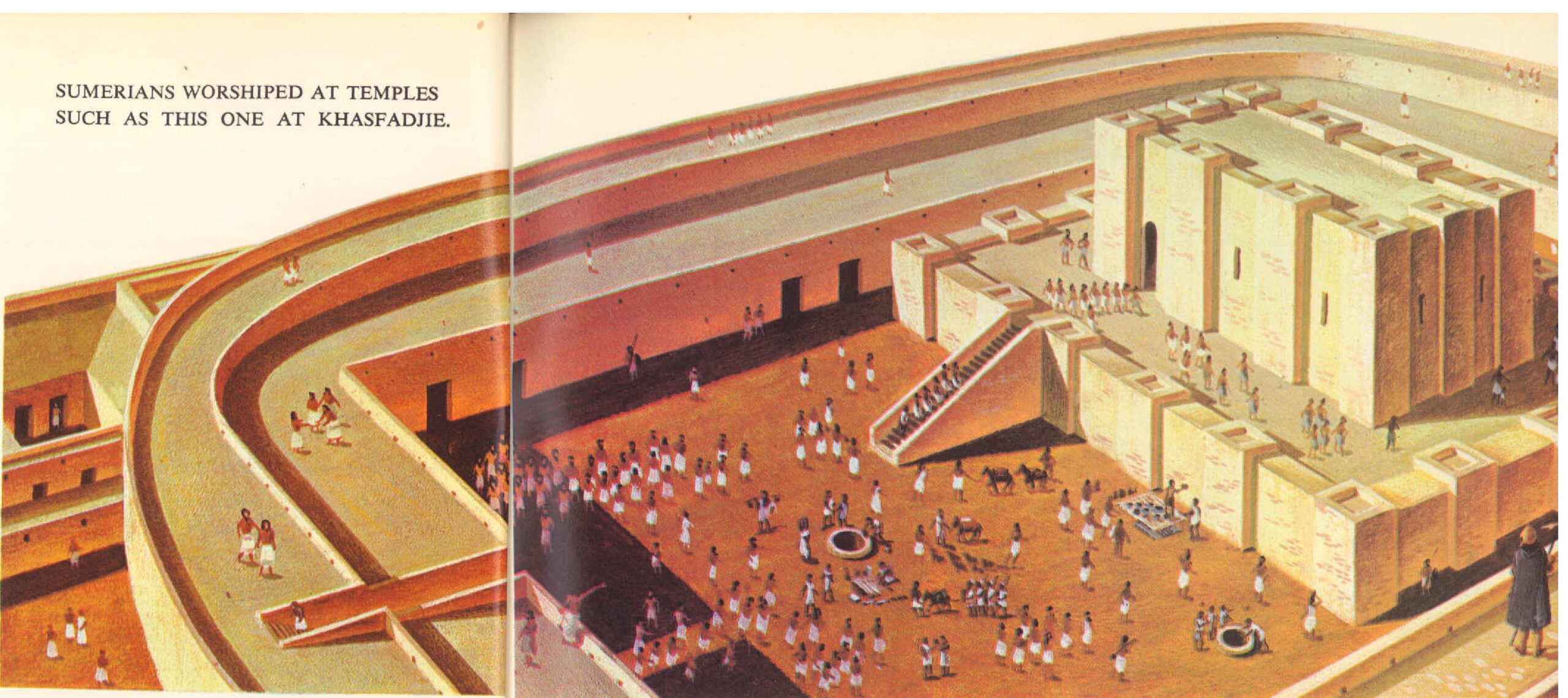On October 4, 1957, the Soviet Union announced to an astonished world that its scientists had launched into orbit an artificial satellite of the earth. The Russians called the satellite “Sputnik,” or little moon. With the invention of the air plane, man had broken the bonds that confined him to the earth; now he could go beyond the ocean of air that surrounded the earth and explore the wonders of space. The way was open for discoveries that promised to surpass those of the age of exploration of the fifteenth and sixteenth centuries. The United States sent up its first …
Read More »Tag Archives: communications
Mesopotamia, Where Civilization Began 4000 B.C. – 1750 B.C.
Mesopotamia is where civilization began. By 4000 B. C., many different groups of people were working out their lives in a variety of ways. In a great arc from the eastern coast of the Mediterranean, across the Turkish plains and through the highlands of Iraq and Iran, groups of peoples had settled and were farming, tending animals, making pottery and building towns, markets and forts. In the deserts, mountains and steppes, nomadic tribesmen lived by herding animals and by hunting and raiding. In Mesopotamia as these populations grew, they began to compete for land, food and supplies. One of the …
Read More »
